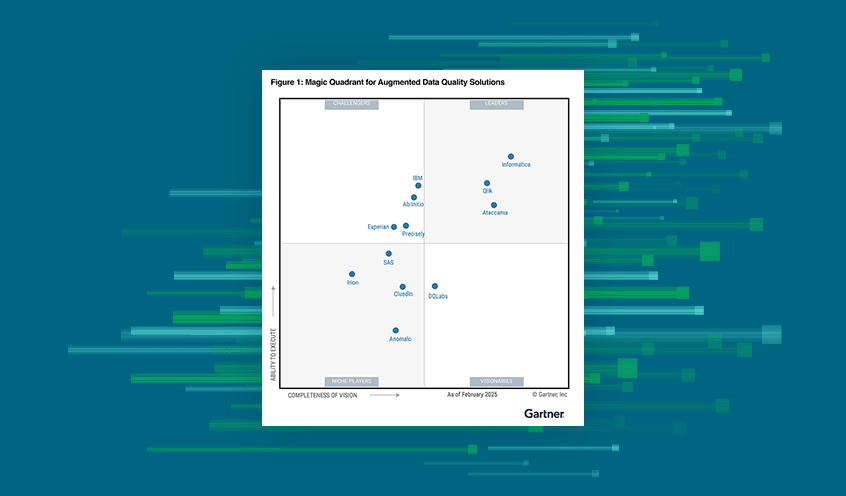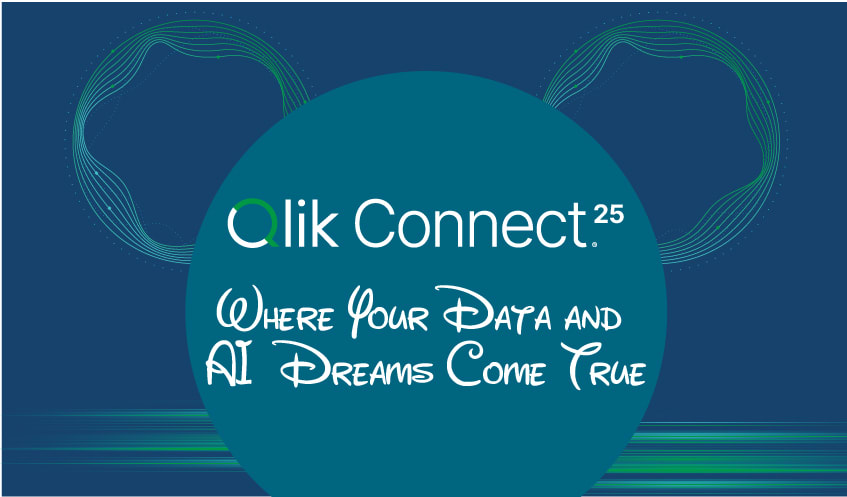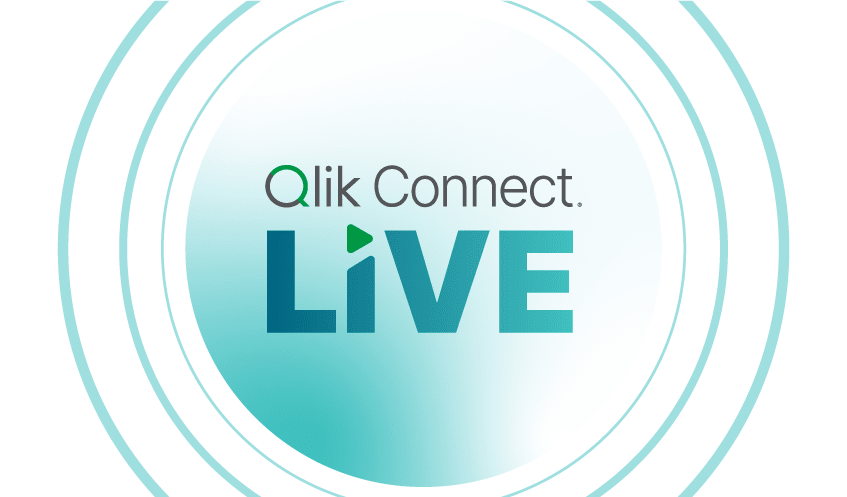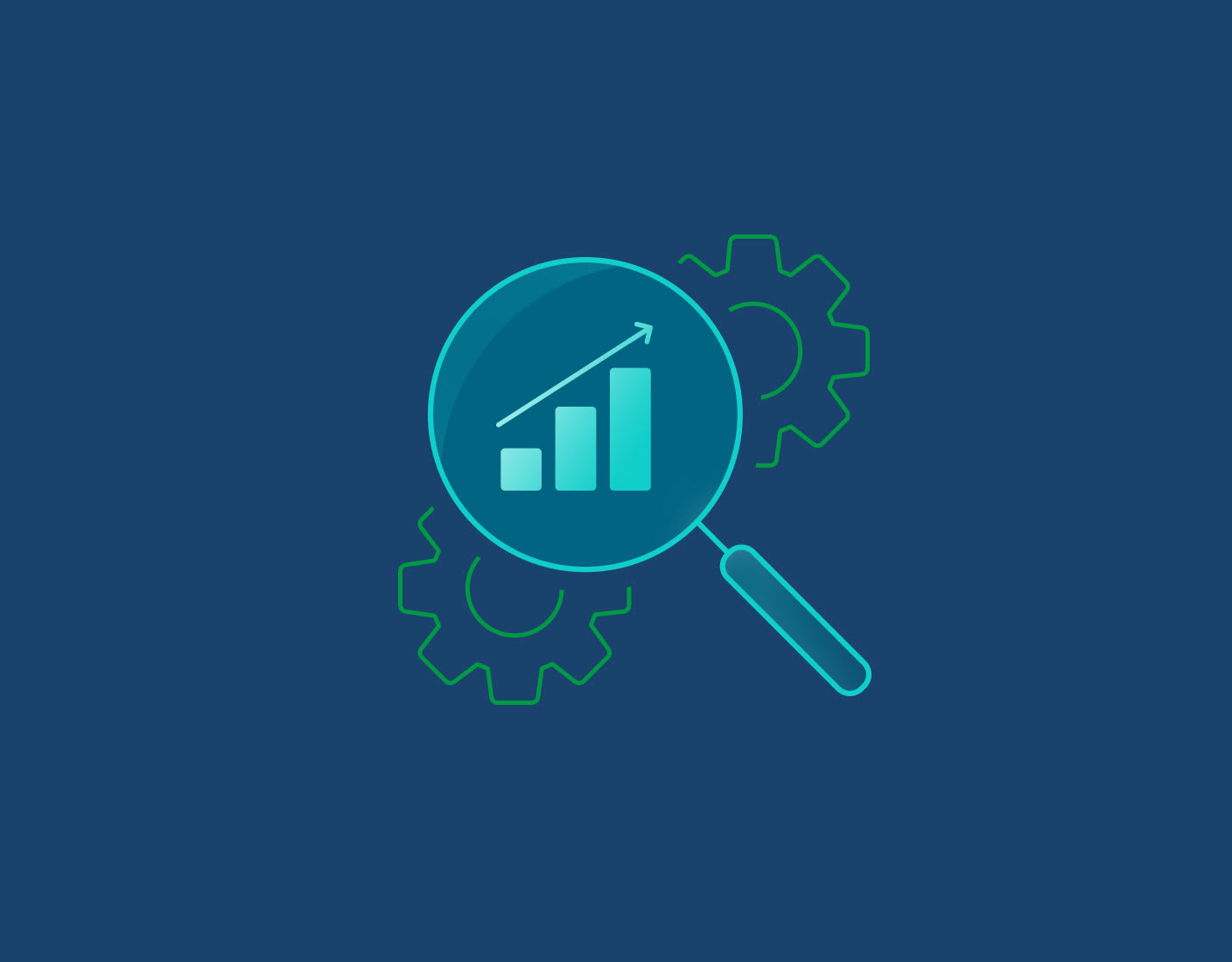Why Are Data Analytics Tools Important?
Accelerates Data-Driven Decision Making: These tools quickly transform complex data into actionable insights, enabling businesses to make decisions based on data rather than assumptions. For example, the Mayborn Group used Qlik’s Promotional Evaluation app to rapidly assess the financial impact of promotional activities, maximizing their marketing ROI.
Enables Monitoring & Analysis: With these tools, organizations can keep an eye on important metrics across the board as they happen. This lets companies adjust their strategies on the fly. Domino's Pizza is a great example here. They used Qlik to generate insights quickly, which helped them run more smoothly, get orders out faster, and keep customers happier.
Provides a Competitive Advantage: By combining internal data with market information, businesses can spot trends, understand what customers are saying, and stay a step ahead. Lenovo did just that. They used Qlik to fine-tune their global supply chain, which meant they could deliver products faster and run more efficiently than their competitors.















































